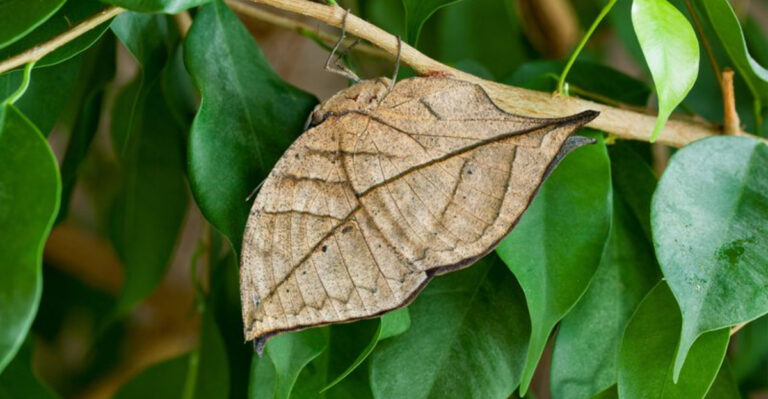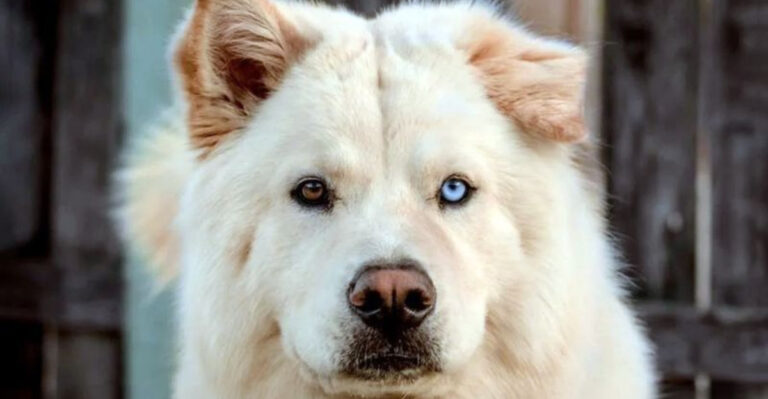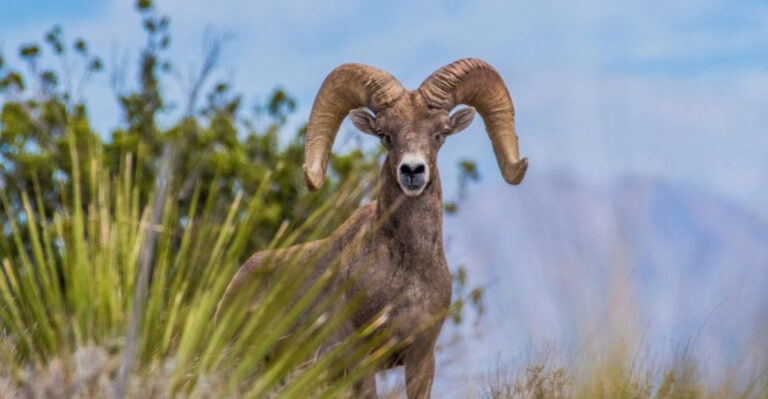15 Surprising Differences Between The Persian Cat And The Exotic Shorthair
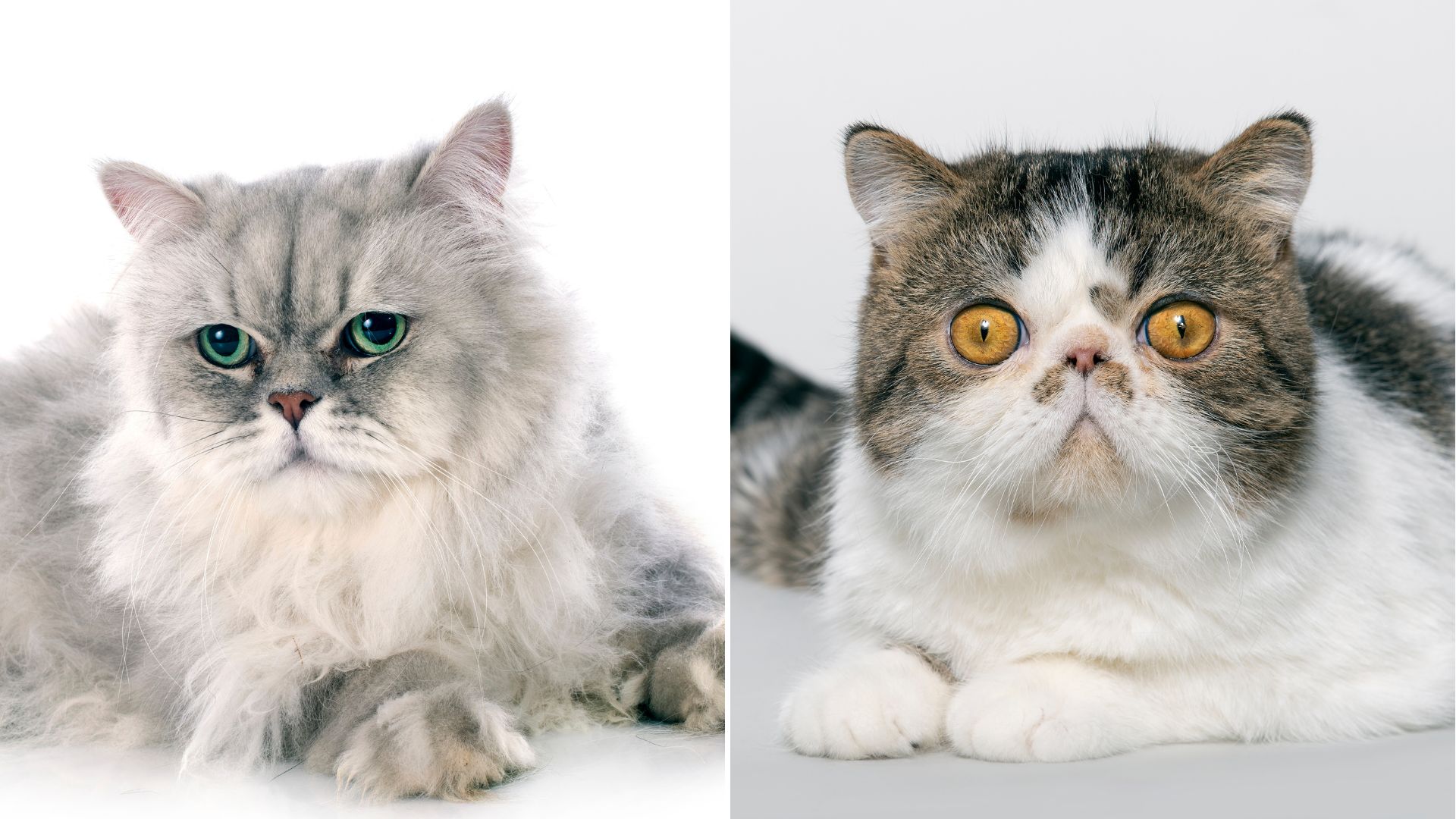
Cats are fascinating creatures, each breed charming us with its unique quirks. When it comes to the Persian Cat and the Exotic Shorthair, there are more differences than you might expect.
While both share a cuddly appearance, their personalities, grooming needs, and history set them worlds apart. Get ready to explore these delightful distinctions that make each of these feline friends special in their own way.
1. Grooming Needs
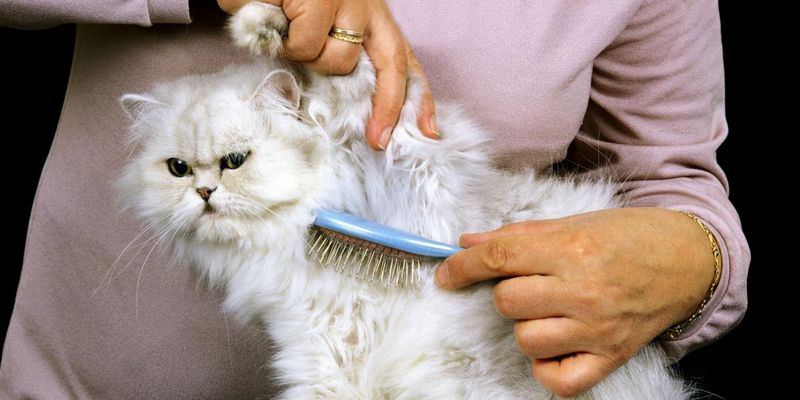
Persian cats demand an unwavering grooming commitment. Their long, flowing coats require daily brushing to avoid tangles and mats, which can be a daunting task.
On the other hand, Exotic Shorthairs boast a plush, dense coat that needs less frequent attention. Weekly brushing usually suffices to keep them looking their best. This grooming difference is often a deciding factor for potential cat owners when choosing between these two.
2. Personality Traits
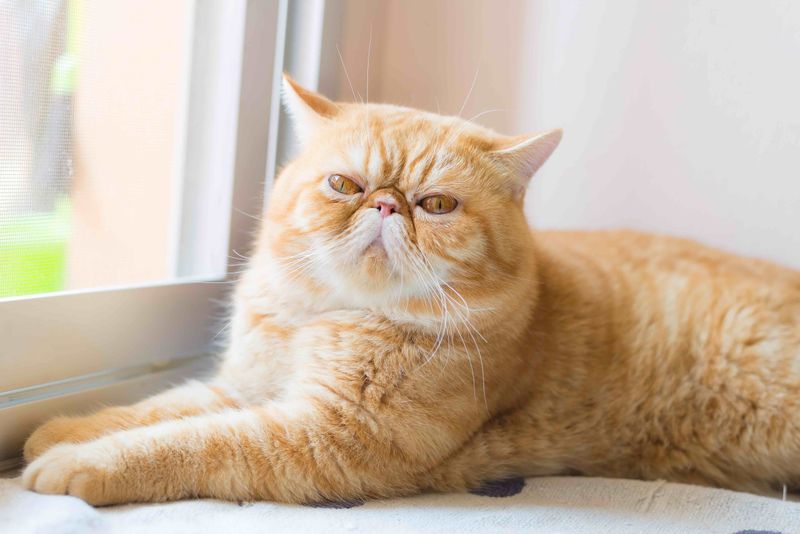
If you’re seeking a cat that’s as laid-back as they come, Persians might be your perfect match. They are known for their calm and quiet demeanor, often enjoying a lazy day on a comfy couch.
Exotic Shorthairs, however, bring a playful twist. Though still relaxed, they occasionally indulge in playful antics, making them slightly more active than their Persian counterparts.
3. Facial Features
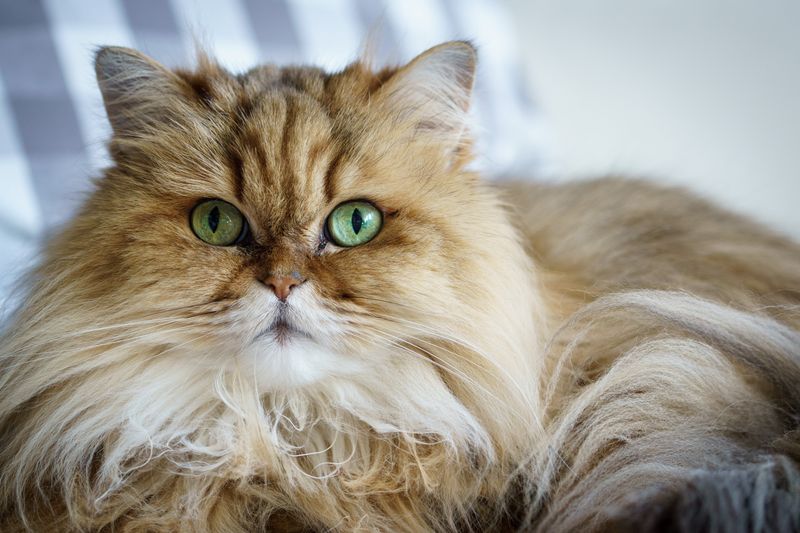
Both breeds are known for their distinct flat faces, but there’s more than meets the eye. Persian cats have extremely flat faces, a result of generations of selective breeding, giving them a signature look.
The Exotic Shorthair shares these features but with a slightly less pronounced flatness. This subtle difference can affect their breathing and tear drainage, with Persians often requiring more facial care.
4. Origin Stories

Did you know that Persian cats have a rich history dating back to the 1600s in the Middle East? This ancient lineage gives them an aura of elegance and mystery.
Exotic Shorthairs, however, are a relatively modern breed, developed in the United States during the 1950s by crossing Persian cats with American Shorthairs. This blend created a distinctive breed with a unique charm all its own.
5. Playfulness Index

While Persians prefer a life of leisure, Exotic Shorthairs enjoy a good play session now and then. This playful streak means they’ll often chase a toy or explore their surroundings with curiosity.
Persians, however, are content with a more sedate lifestyle, preferring to lounge rather than leap. This difference in playfulness often influences the choice of breed for families looking for a more interactive pet.
6. Vocalization Levels
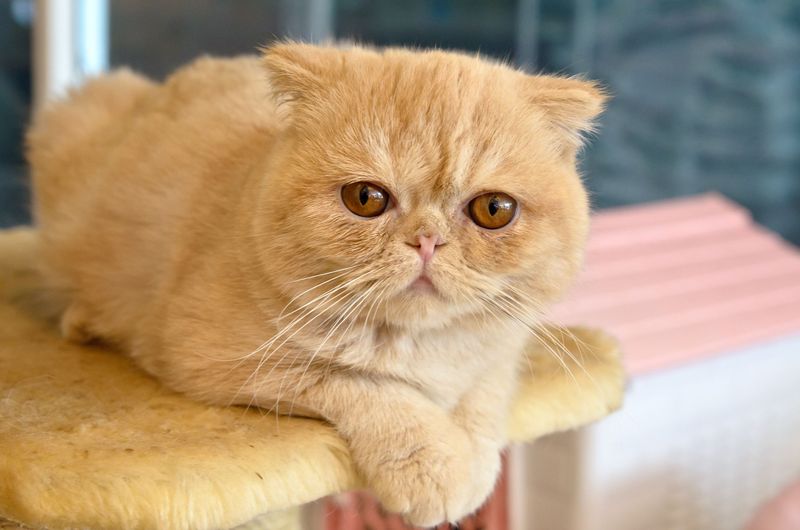
Silence is golden for Persian cats. These felines are known for their soft purring and minimal vocalization, making them perfect for quiet households.
In contrast, Exotic Shorthairs are more vocal, not in a loud way, but they do enjoy expressing themselves more frequently. Their cute meows and chirps add an extra layer of personality, making their presence known without being overwhelming.
7. Social Behavior
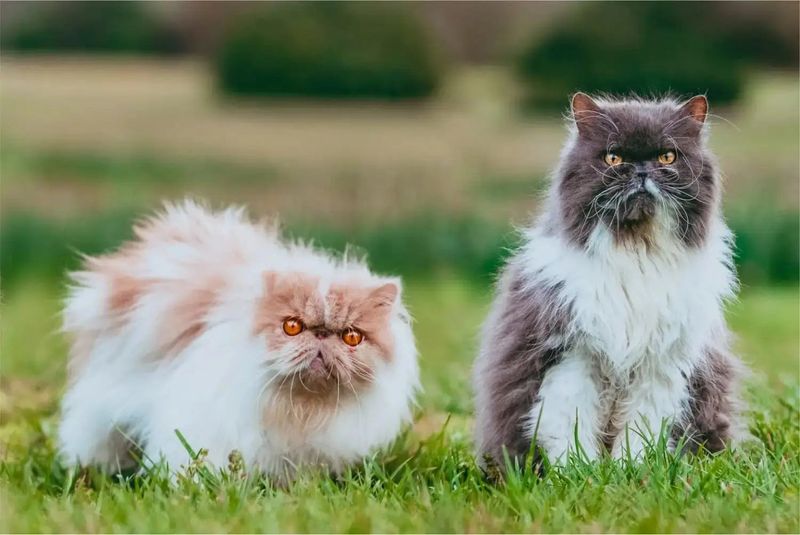
Persians often favor solitude or the company of select humans, making them ideal for those who appreciate a more independent companion.
Exotic Shorthairs are more sociable, relishing the company of people and other pets. They adapt well to social settings, enjoying interaction and attention. This social nature can make them a popular choice for families or multi-pet households seeking a friendly feline.
8. Lifespan Expectations

Persian cats typically enjoy long, fulfilling lives, often reaching 15 years of age with proper care. Exotic Shorthairs share similar longevity, though their slightly more robust health can see them living a bit longer.
This resemblance in lifespan means both breeds offer years of companionship, with the main difference being their approach to life’s adventures, from lounging to playing.
9. Popularity Contest

Persians have long been the star of the show, often seen as the quintessential lap cat. Their striking appearance and serene nature make them a favorite in cat shows.
Exotic Shorthairs, though less common, are rising in popularity. Their easygoing nature combined with low-maintenance grooming appeals to many. This growing fan base indicates a shift in preference, where functionality meets personality beautifully.
10. Health Concerns
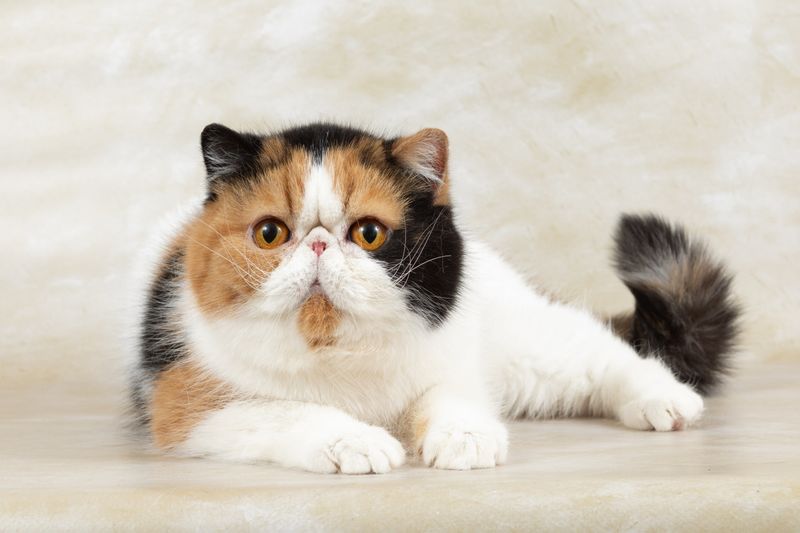
Persian cats are prone to certain hereditary health issues, such as polycystic kidney disease and respiratory problems due to their flat faces.
Exotic Shorthairs, while also at risk for similar conditions, generally fare better health-wise. Their hybrid vigor gives them a slight edge in health, although regular vet visits are essential for both breeds to maintain good health and catch any issues early.
11. Adaptability
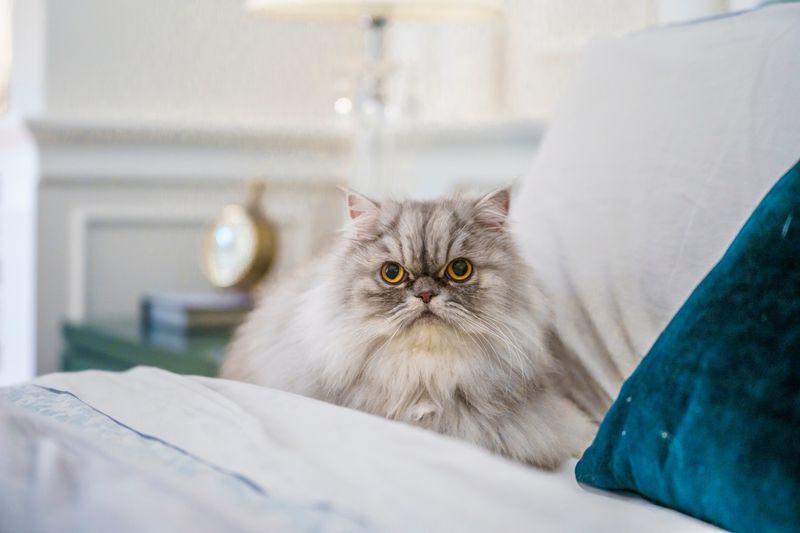
If you’re frequently changing your living environment, an Exotic Shorthair might be your ideal pet. Known for their adaptability, they adjust well to new surroundings and routines.
Persian cats, conversely, thrive in stable environments. They prefer routine and can be stressed by significant changes. Understanding this adaptability difference can help prospective owners choose the breed that best fits their lifestyle.
12. Maintenance Needs
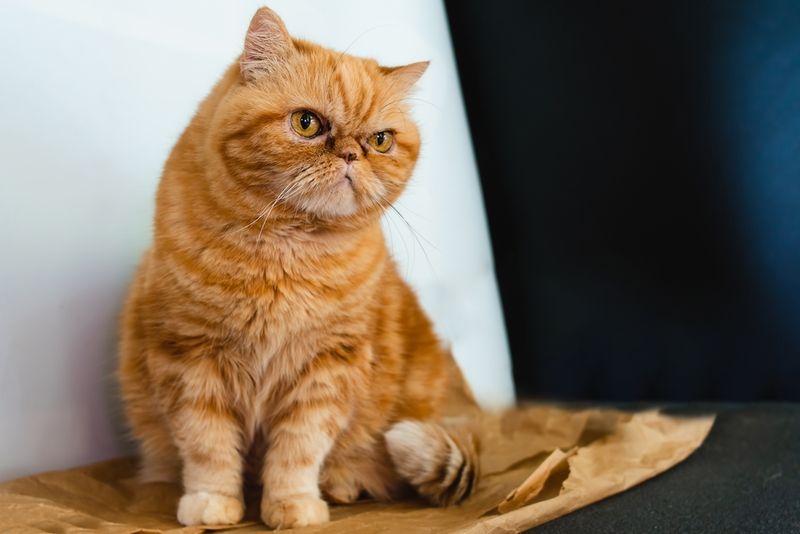
High maintenance might be an understatement when describing a Persian cat’s care routine. Regular baths and eye cleaning are part of their beauty regime. Exotic Shorthairs, conversely, require less intensive maintenance.
Their short coats benefit from occasional grooming, making them a more feasible option for busy individuals. This variance in upkeep often influences new cat owners when deciding which breed suits their lifestyle.
13. Coat Characteristics

One of the most striking differences is in their coats. Persian cats are draped in luxurious, long-haired elegance, reminiscent of a royal robe.
Exotic Shorthairs, however, sport a short, dense coat that feels like a plush toy. This tangible difference affects not only their grooming needs but also their appearance and feel, making each breed uniquely appealing depending on personal preference.
14. Breeding And Genetics

Breeding practices have shaped these cats into the breeds we adore today. Persians, with their long history, have been bred for specific traits like their flat faces.
Exotic Shorthairs were strategically bred to create a Persian-like look without the high maintenance. This breeding history is a testament to human creativity in developing beloved pet breeds that suit different lifestyles and preferences.
15. Weight And Size
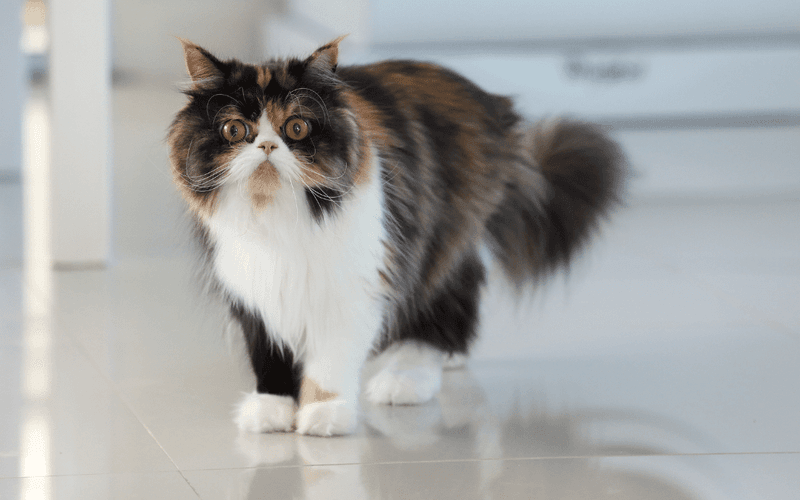
Size-wise, both breeds are similar, but subtle differences exist. Persian cats often have a more rounded, bulkier build, giving them a fuller appearance. Exotic Shorthairs, while also robust, tend to have a more compact frame.
This slight size variation can influence handling and space needs, with each breed offering a unique tactile experience. Understanding these physical distinctions can aid in making an informed choice.



